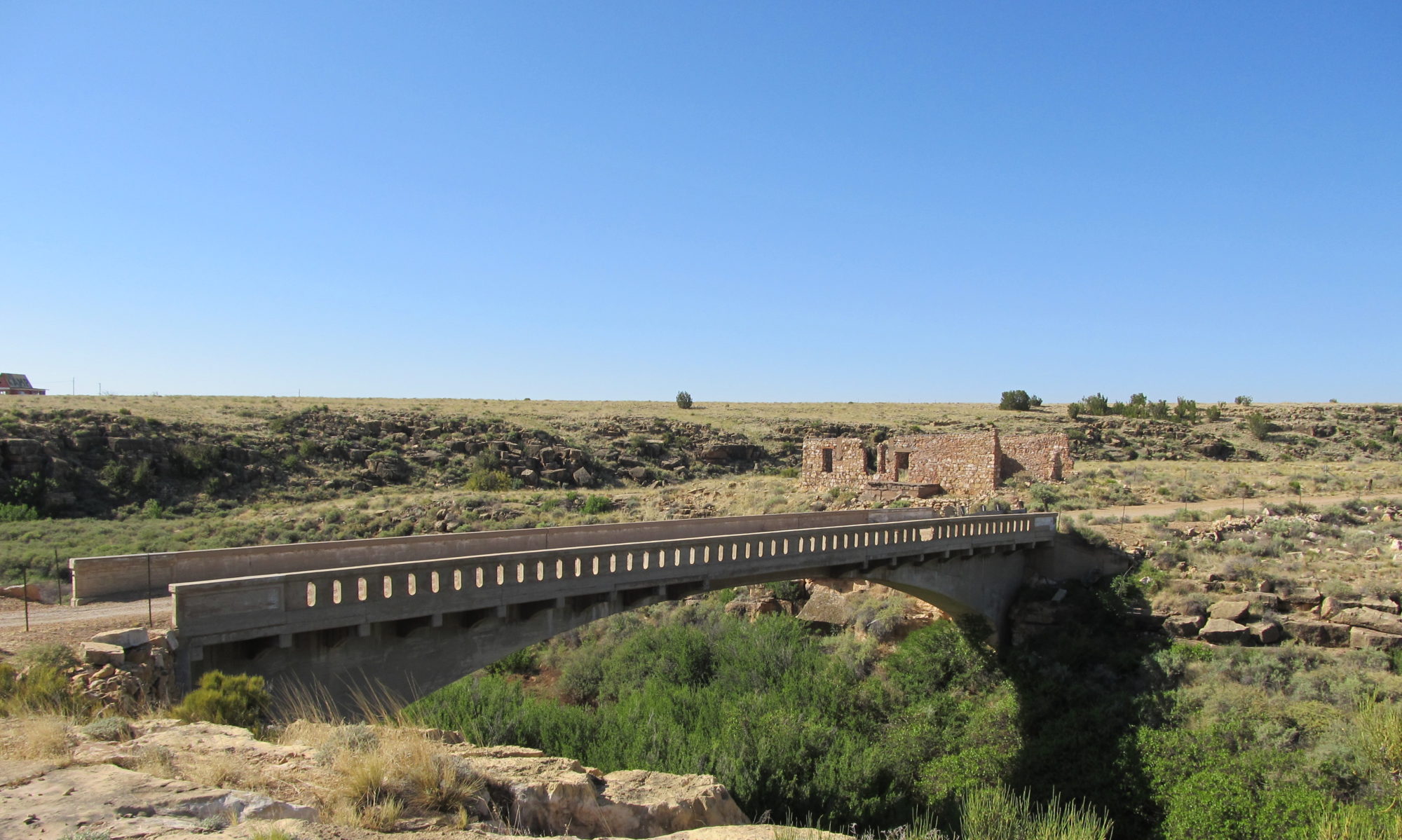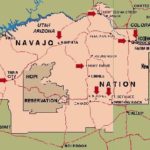The first temperature scales were devised in 1701, one by English physicist Sir Issac Newton and the other by the Danish astronomer Ole Christensen Rømer. Daniel Gabriel Fahrenheit, a German physicist, devised the Fahrenheit system in 1724. French scientist René Antoine Ferchault de Réaumur came up with his temperature scale about 1730, followed two years later in 1732 by French astronomer Joseph-Nicolas Delisle with the Delisle scale.
Swedish astronomer Anders Celsius came up with a temperature scale in 1742. More about that in a moment. Working independently, French physicist Jean-Pierre Christin developed a similar scale in 1743. In 1744, shortly after the death of Anders Celsius, Swedish botanist Carl Linnaeus made a modification to the scale developed by Celsius.
To round out the development of temperature scales, we need to mention Irish born mathematical physicist and engineer William Lord Kelvin (William Thompson, 1st Baron Kelvin) proposed the first scale with 0 as the absolute lowest temperature. This was based on the then Centigrade scale, and 0 K was the same as -273.15 ℃. Scottish physicist William John Macquorn Rankine devised the Rankine scale in 1859, based on the Fahrenheit scale and, as in the case of Kelvin, 0 being the absolute low, equal to -459.67 ℉.
Each scale had some measure of popularity, but eventually only three scales came into popular use. These were the Fahrenheit, Kelvin, and Centigrade scales. The Rankine scale was a close runner up, with the others fading into obscurity.
Eventually, the Centigrade scale became more popularly know as “Celsius”. Kelvin is used primarily in the scientific world, Fahrenheit in the United States, and Celsius everywhere else.
This brings me to the point. Why is the centigrade scale called Celsius? It seems the word centigrade has meaning in the French in Spanish languages involving angular measurement, precisely, that of being 1/100th of a right angle. Since ALL the other scales were named after their creators, it seemly logical to call it Celsius and eliminate confusion.
Well, first off, calling the scale Celsius is NOT logical! The scale created by Anders Celsius had the freezing point of water set at 100 °, and the boiling point set at 0 °! It was a reverse scale! The next year, working independently, Jean-Pierre Christin devised the centigrade scale. A year later, Linnaeus revised (reversed) the scale devised by Celsius, making it essentially the same as that done by Christin.
Now supposing the term “centigrade” is too confusing for some people, although the ℃ symbol should be a dead give away that we aren’t talking about angular measurement, I will concede the centigrade scale may have needed renaming.
But why Celsius? Why not name it after its true creator, Jean-Pierre Christin? It would even fit from the occupational point of view. Fahrenheit was a physicist. So was Kelvin and Rankine. Christin, too was a physicist. Celsius was an astronomer.
Obviously, those who make the decisions about what stuff should be called don’t really think things through. I suspect that since Celsius was Swedish, and Sweden is home to the Nobel Prize, and the people most responsible for naming this kind of thing are the very ones in the running for many of these prizes, there may have been an undue economic influence at play here!
Captain Quirk here is going to continue to use the term he learned growing up, namely, Centigrade. If I HAVE to use a different name for ℃, I will call it degrees Christin.

